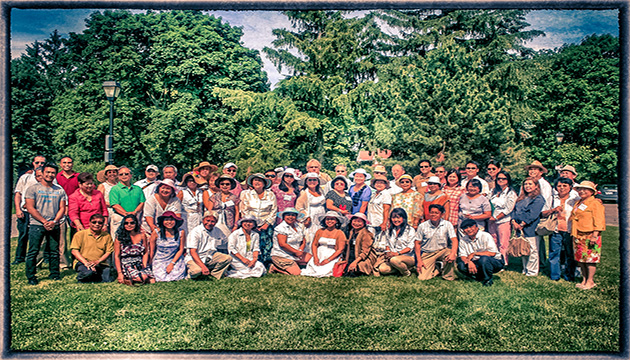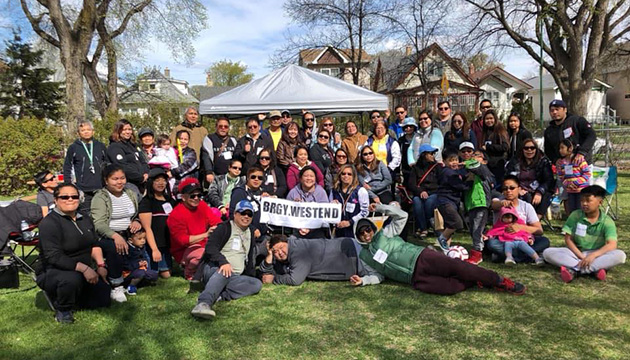Canada set an ambitious goal in immigration and achieved a historic feat in the past year.
In 2021, the country met its target of welcoming 401,000 new permanent residents, the most number in a single year in its history.
The number surpassed the previous record in 1913.
“This is a historic moment for our country, as we welcome the highest number of newcomers in one year in our history,” Sean Fraser, Minister of Immigration, Refugees and Citizenship, said in an official media release on December 23, 2021.
The announcement did not provide a breakdown of numbers from major source countries like the Philippines, China, and India.
The release recalled that Canada welcomed more than 341,000 permanent residents in 2019.
Amid the COVID-19 pandemic in 2020, the country admitted over 184,500 new permanent residents during that year.
The release explained how the feat was achieved in the face of closed borders, domestic lockdowns, and restrictions associated with the global health crisis.
“As we continue to struggle with the pandemic, we made the most of the talent already within our borders,” the release stated.
This means that the “majority of these new permanent residents were already in Canada on temporary status”.
“Most notably, we launched new programs to engage essential workers, health care professionals, international graduates and French-speaking newcomers,” the release noted.
Moreover, “Family reunification is another pillar of our system, and we reunited spouses and children while enabling more families to sponsor parents and grandparents.”
“Finally,” the release continued, “with many countries closing their doors to refugees, we continued to offer the world’s most vulnerable shelter in Canada.
The announcement stressed the importance of immigration for the country.
For one, immigration accounts for almost 100 percent of the growth of Canada’s labour force.
Immigrants make up 37 percent of pharmacists, 36 percent of physicians, 39 percent of dentists, 23 percent of registered nurses, and 35 percent of nurse aides and related occupations.
About 75 percent of Canada’s population growth comes from immigration, mostly in the economic category, the release stated.
Also, by 2036, immigrants will represent up to 30 percent of Canada’s population, compared with 20.7 percent in 2011.
The 401,000 target was based on the Immigration Levels Plan tabled in Parliament by the federal government on October 30, 2020.
Based on the plan, Canada intends to welcome even bigger numbers over the next two years.
By 2022, the country plans to welcome 411,000 new immigrants and 421,000 in 2023.
“Canada is built on immigration, and we will continue to welcome the immigrants that Canada needs to succeed,” Minister Fraser said.
Fraser added: “I can’t wait to see the incredible contributions that our 401,000 new neighbours make in communities across the country.”











